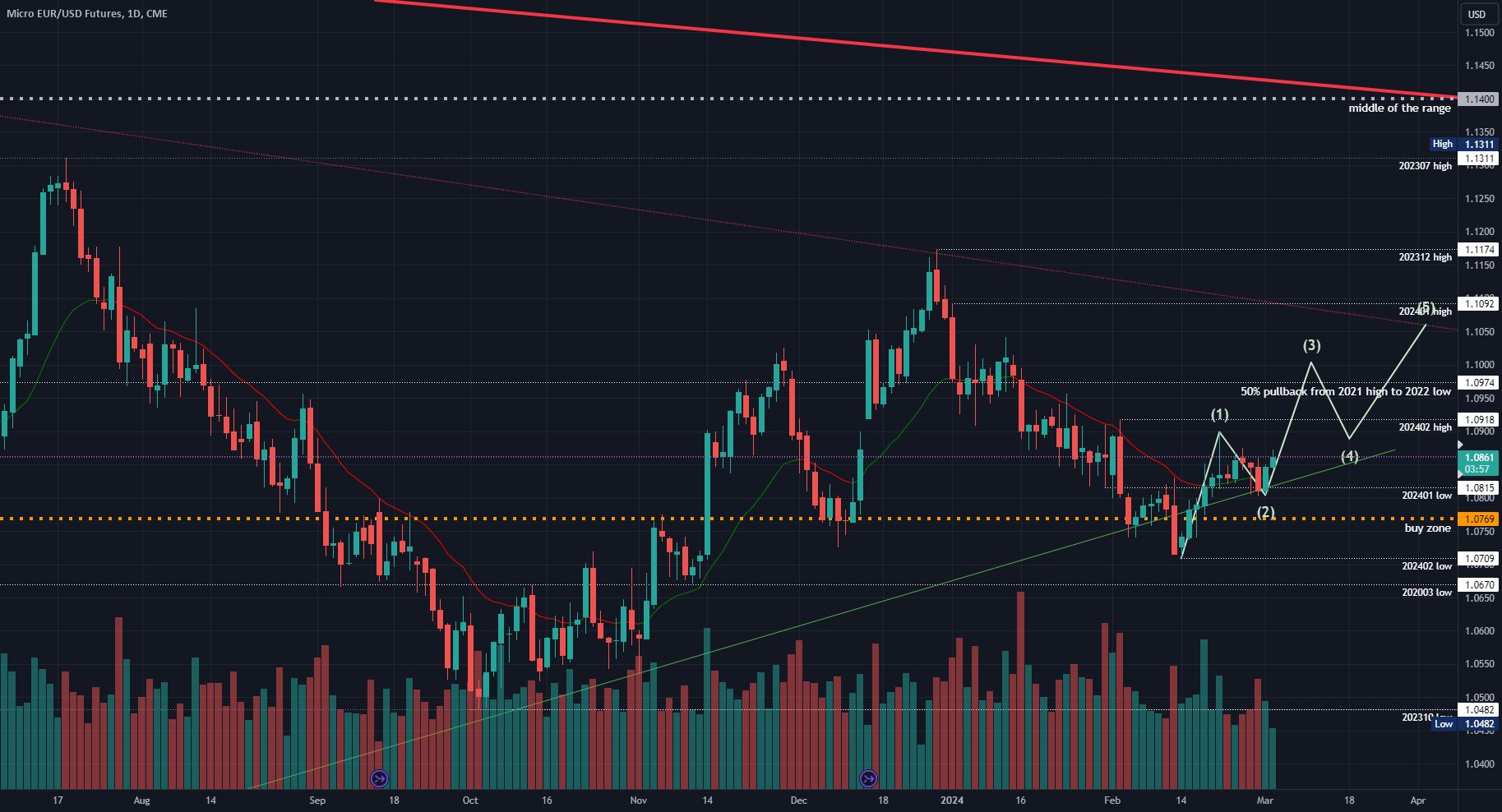USD/JPY climbs on Monday, driven by rising U.S. yields. This action-packed week features Tokyo inflation, U.S. ISM services data, Powell's testimony before Congress, and the critical U.S. jobs report –
UK firms report growth at 9-month high but price pressures mount, PMI survey shows
If you're looking to trade SHIB at the moment, here's a quick setup that you might find helpful! The idea is: Buy when the price breaks above 0.0000034$ and take
Global factories struggle for growth as China demand remains weak
Parallel lines are lines in the same plane that go in the same direction and never intersect. When a third line, called a transversal, crosses these parallel lines, it creates
Canada concerned about critical metals market manipulation, minister says
The tech-heavy index started the week around Friday’s close but trading appears muted in a week of ‘high importance’ US data including Powell’s testimony and NFP
US home prices to grind higher as cheap mortgage holders stay put: Reuters poll
Good evening and i hope you are well. Quote from last week: Bulls got their major trend reversal and i conclude the bear trend from the 2023-12 over. I drew
Chile wants 3 or 4 new lithium projects running in 2026, finance minister says









